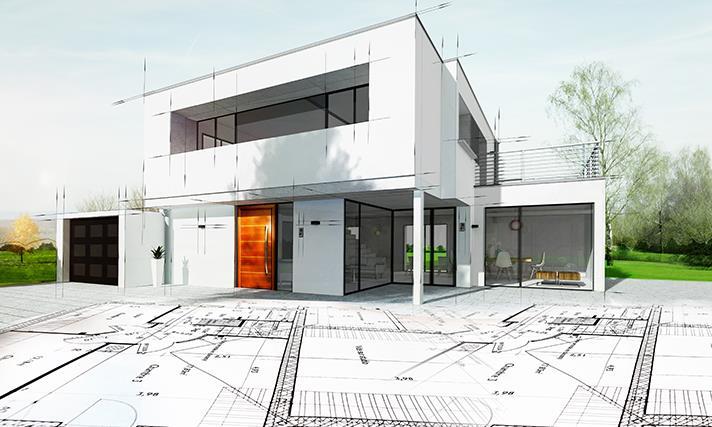
Innes Smith, Chief Executive of Springfield Properties, one of Scotland’s leading private and affordable housebuilders, discusses the importance of building homes that will work for the customer for years to come.
Technology is rapidly evolving, environmental awareness is increasing and with this, the way our customers are using their home is changing. Homeowners want their heating to be affordable, and better for the environment, they want to have a good internet connection throughout their home and they want a home that will work for them for many years.
At Springfield, we think about what our customers are going to want and need in the
Advancements in the car industry are having an impact on the homes we are building today.
The UK Government has predicted that by 2040, as a result of efforts to reduce pollution, new petrol and diesel cars will no longer be available.[1] So, in the not so distant future, electric car charging points will become an integral part of the home.
This has been a particular focus in Scotland. The uptake of electric vehicles here is rising faster than the rest of the UK with a 68% increase
The accelerating shift towards electric vehicles in Scotland has prompted us to fit specific
Should a Springfield customer decide to switch to an electric car, there are Government grants and schemes already available to them that fund charging points and installation in the home. At this time, developers are not in a position to offer the full installation of a charging point as not all electric cars can be charged from the same charging points.
By fitting the cabling to a point in the garage, customers are free to apply for a grant as and when they make the decision to switch to an electric car. They will then have a charging point that suits their needs.
Advancements in technology continue to have a significant impact on the design and build of homes today as well, particularly when it comes to the internet. Twenty years ago 9% of homes in the UK had wireless internet. When we look at this figure today, it’s risen to 90%.
The internet has essentially become another utility. As such, customers expect a good broadband connection in our homes. The number of devices that require an internet connection in the home is increasing with 78% of adults having a
As we rely so heavily on the internet, broadband speed is high up on many buyers’ wish lists. We’ve teamed up with Openreach who have committed to
We’ve also implemented inexpensive solutions such as sockets with USB ports to respond to the way technology is impacting our lives, making our homes work for our customers long into the future. We offer extra sockets around the home and we’ve designed a router hub by the master socket in a cupboard so Springfield customers can neatly store their router and cables.
Springfield
Our homes are also fitted with hybrid boilers. This is effectively a gas combi boiler paired with an air source heat pump and is said to use 35% less energy than a traditional boiler.[5] They are fitted with intelligent system software too which calculates the most cost-effective heating method, either gas or electricity, based on the energy tariff costs at that time. This is great for our customers as they have a home that is more affordable to run.
Fuel poverty issues affect far too many families in Scotland. Passive housing aims to address this. For a home to be classed as ‘passive’, the design and the build needs to be approved by Passivhaus. For this to happen, the homes must be as
As a result, the homes require minimal energy to heat, meaning they are dramatically cheaper to run. Springfield is still exploring passive housing at present, but it is something we can see becoming a requirement within the next ten years.
As technology is continuing to evolve, we are learning how to achieve things with the impact on the environment in mind, while making life simpler for our customers and saving them money. It’s important we continually review and assess the bigger picture to build the best homes we possibly can for our customers. I’m excited to see what Springfield will be building in 20 years time!
[1] https://www.gov.uk/government/news/plan-for-roadside-no2-concentrations-published
[2] http://www.heraldscotland.com/news/15811432.Scots_drivers_are_in_the_fast_lane_to_buy_electric_cars/?
[3] https://utilityweek.co.uk/smart-thermostats-now-in-1-5-million-homes/
[4] https://support.myrepublic.com.sg/hc/en-us/articles/115003056953-How-fast-is-1Gbps-fibre-broadband-
[5] https://www.daikin.co.uk/en_gb/product-group/hybrid-heat-pump.html






























